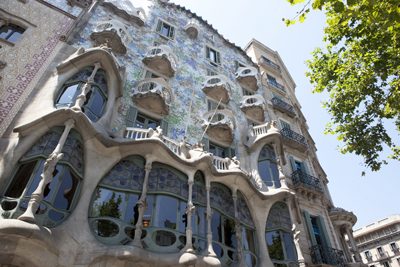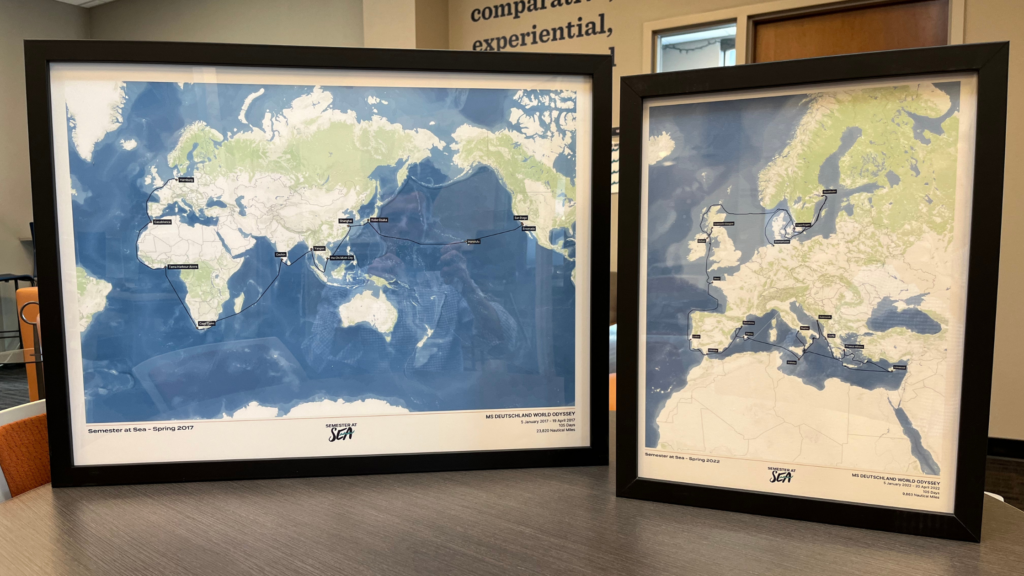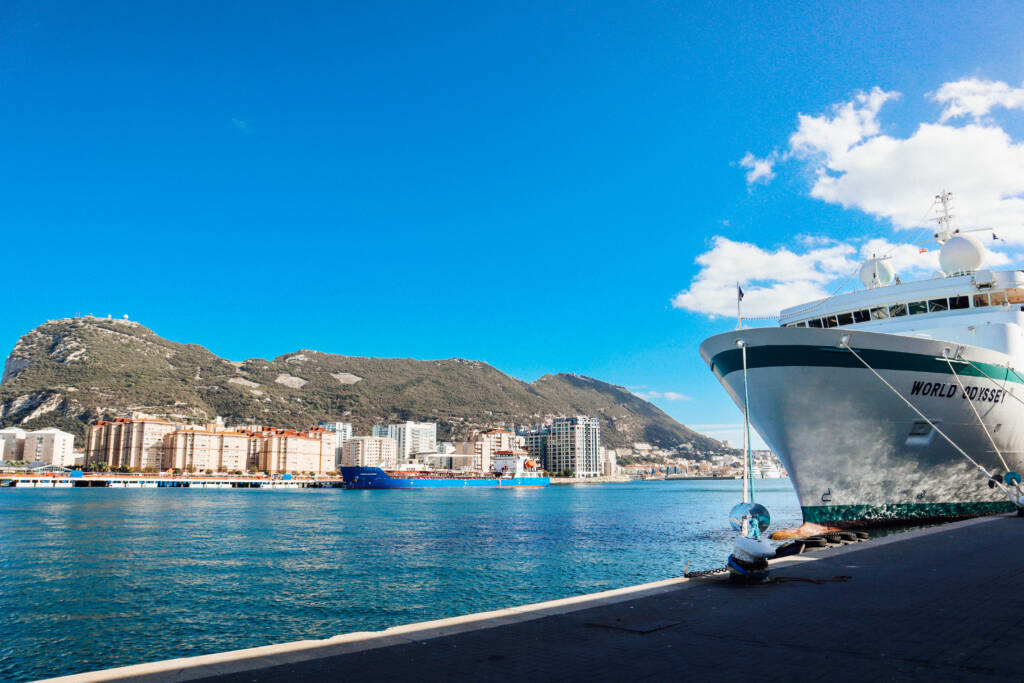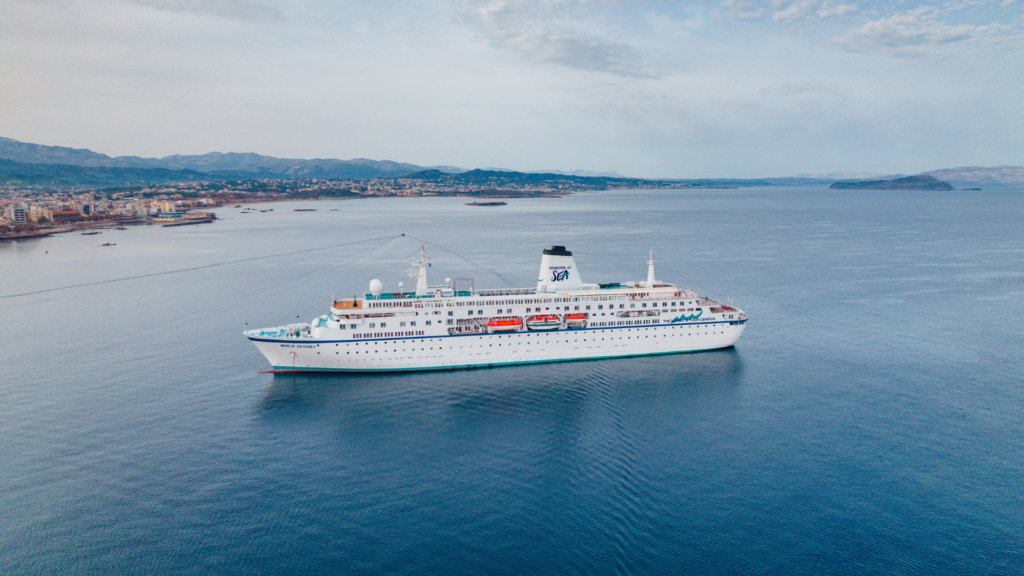Written by: Margaret Klosko (Lifelong Learner)
From port side at the end of the last day in Catalonia, I consider Montjuic, which rises like a thumb from the outstretched hand of Barcelona. We arrived here four days ago after spending eleven days traveling across the austere Atlantic. Built on a pleasant edge of Europe, this city of one and a half million, settled by the father of Hannibal in 300 B.C.E., is a pretty sight.
In the mornings, we dove into the daily life of Spain's second city, and didn't come up for a breath until the evenings when we collapsed into our beds. Upon waking again, we hobbled to breakfast, and afterward, sprinted out of the ship.
We loved it all, but three experiences moved us profoundly: the work of Antoni Gaudi and Joan Miro, and a few remnants of Spanish Jewry that we found here and there.
Miro: On Montjuic, behind waxy leaves and color-saturated flowers is the Miro Museum. The work of Joan Miro, as it has always struck my eye, is bright and lively and pretty; on canvas and paper, childish forms in primary colors float in space, merging and separating. Now, after several hours in the museum, the spirit of the work comes through the flash and brightness and reveals a universalist belief that all forms have in them sparks of life that connect each to the other.
Gaudi: With his wild imagination and brilliant command of engineering and architecture, Gaudi captures space in fanciful yet comfortable dwellings, in a park planted with architectural delights, and in a massive church that takes the forms of the cathedral, grows them until, like ripe pomegranates, seeds explode into the universe. For Gaudi, this is all about Christian faith. For some, Gaudi's church reminds us of Miro's paintings.
The remains of Barcelona's Jews in two sites: First, a hole in a wall in the Gothic Quarter with steps leading down to a small excavation reveals the remains of perhaps the earliest synagogue in Europe. In this dreary and dank space under ground, a young Israeli woman recites the few facts known about the place. She says it was built in the first century C.E. when there were many Jews and few Christians living in Spain. Second, set in a great wall of Barcelona's cathedral are several small stones inscribed with Hebrew letters. These letters form the names of Jews who died here some time around the 10th century. These stones bearing Ladino names were once gravestones of Jews who lived and prospered in Barcelona until the great massacre of the city's Jews took place on the streets of the ancient city in 1391. By 1492, all the Jews were gone, killed or expelled from Spain by Christians who had long since superseded them.



